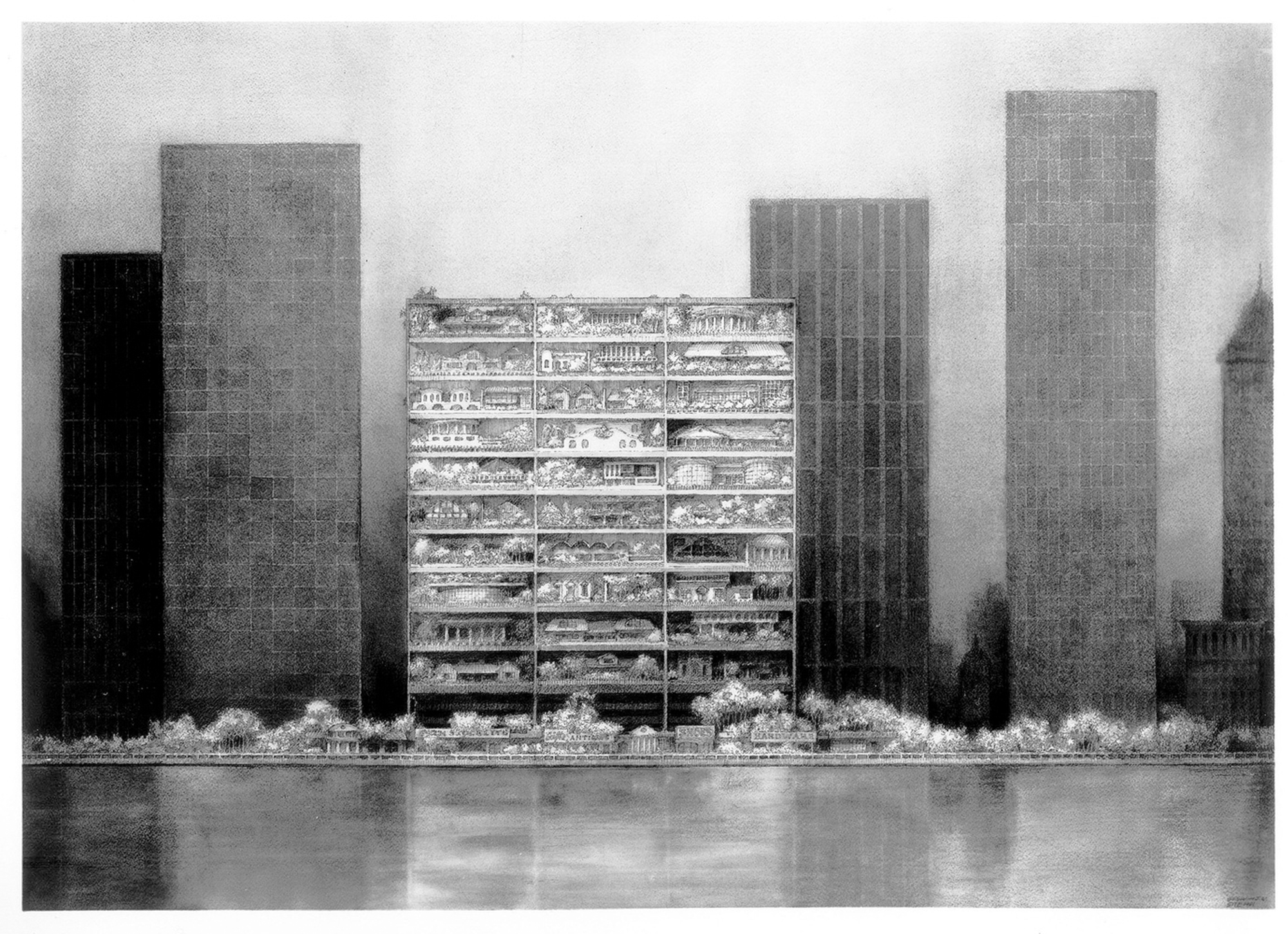
Ecological restoration is an activity we usually think about in the context of large natural spaces: burnt forests, regions experiencing drought, etc. A community or an institution will decide to take action to help the ecosystem find a new dynamic. But today, as we live in cities that are too mineral, too hot and too polluted, and with too few green spaces, a new practice seems to be gaining traction: urban ecological restoration, i.e. the radical transformation of cities to re-insert a large variety of ecosystems.
Paris offers a good example of this sorely needed transition. It is often said that the French capital is very “mineral”, as if the Parisian ground had always been asphalt, as if the stones on the buildings had to remain untouched by vegetation, as if we had to always make do with jardins à la française (the classical, geometric style of French gardens). However, Parisians systematically request more green spaces as a priority demand in participative budget meetings. They are simply expressing what should be obvious: we need to reinvent our urban landscape, and bring biodiversity out of squares and gardens. Paris has been a mineral city, but it can preserve its grandeur while becoming a green city!
A few years ago, green façades and urban agriculture were looked upon with amusement. Today, they are one of the central elements of urban planning. This growing revolution in Paris is part of a global movement of understanding buildings not only as the preserve of humans, but also serving as a potential shelter for other species. In this vision, architects become “environmental experts”, taking eco-system needs and available local materials as a starting point rather than just aesthetic or historical considerations. In this way, rather than talking about taste and colours, we can assess the ethics of buildings based on their impact on nearby and remote ecosystems: does the building allow species to move in? Is it made out of local, renewable materials?
As a challenge to the “new, mineral, concreted” paradigm, the City of Paris is proposing the three tenets of “preserved, re-used and bio-sourced”, to find a way out of automatically resorting to demolition and making everything out of concrete. Consideration of nearby and remote ecosystems forms the cornerstone of this approach: every demolished building, any item of waste which is not re-used, usually affects ecosystems outside of cities. The same goes for concrete. By using raw earth, straw, or wood from sustainably managed forests, the “resource” ecosystem is preserved. This is how a new ecosystem starts – an urban ecosystem.
It is very likely we will have trouble imagining what an ecologically restored city might look like. Our imagination is full of futuristic ideas, where vegetation is reduced to the façades of ultra-modern towers, among a frenzy of drones and windmills. Reality will no doubt be more complex and unpredictable, since adopting the paradigm of the living world means being humble and letting go of over-planning, as we can see from the work by ChartierDalix in Boulogne.
In Paris, the progressive liberation of parking spaces, the “de-paving” of many public spaces to return to earth underfoot, the transformation of building courtyards into gardens and schemes to plant urban forests, are the beginning of a different, more desirable landscape. In this way, green strips could replace parking spaces, every family could have access to a garden at the bottom of their apartment and city-dwellers could once again experience being in a forest.
This everyday contact with plant and animal species should not be understood merely as an aesthetic pleasure, but as a necessity: to raise awareness of environmental issues, the “experience of nature” is needed, and it isn’t enough to only come into contact with species on holiday or on television. The opportunity offered to every city-dweller to observe the development of ecosystems becomes a right and a fundamental duty, which is why urban agriculture is also important.
Of course, nobody is trying to claim that cities can be completely self-sufficient: this ecological restoration can only function if connections to rural areas are improved, so as to raise awareness of the origin of resources consumed in the city, the reality of agriculture, etc.
Even if the “urban exception” continues, nothing justifies holding on to the illusion of “spaces reserved for human beings”, where the density is used as an excuse for the absence of other species. On the contrary, let us invent a new density of diverse ecosystems, species, experiences of nature. Urban life will only be the better for it!